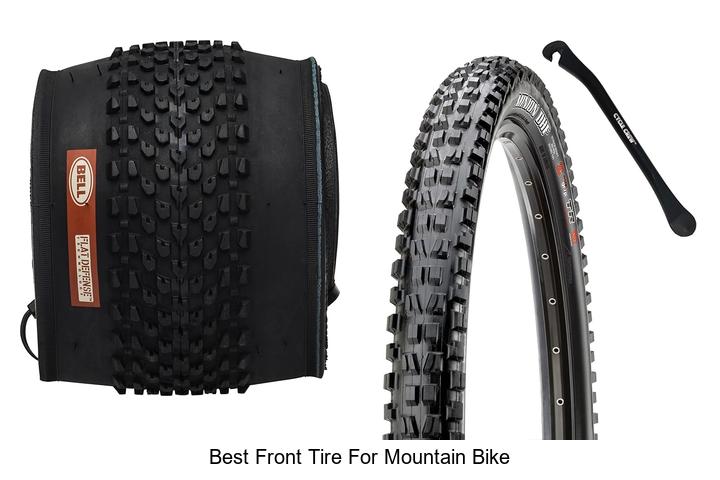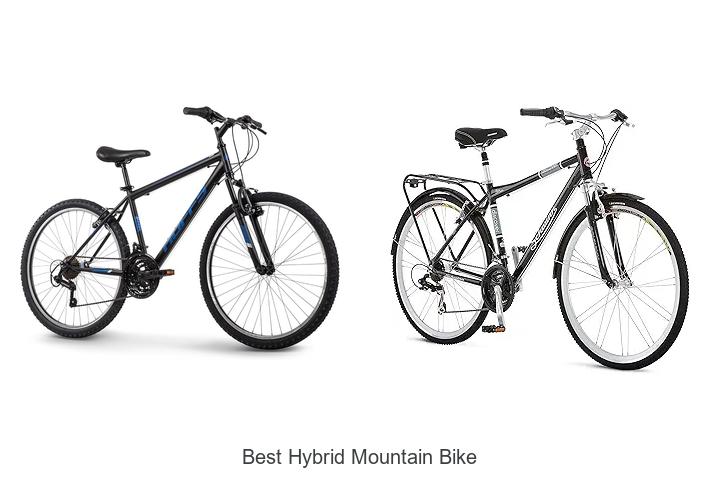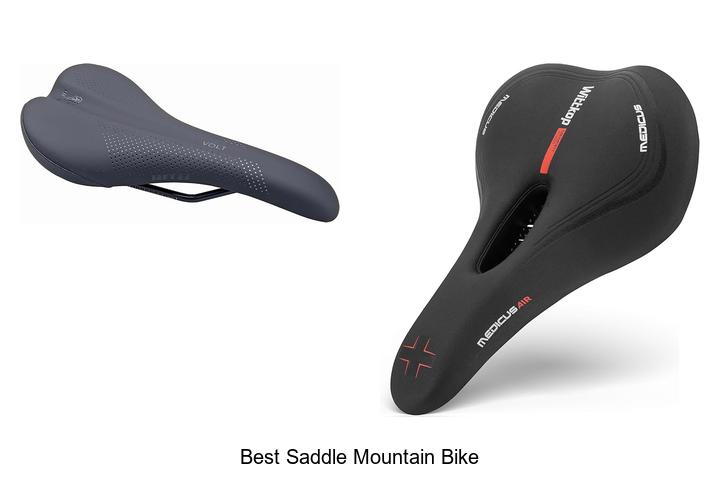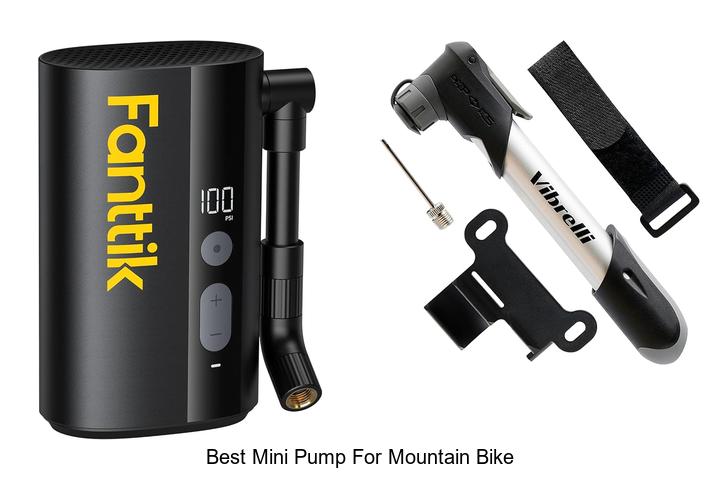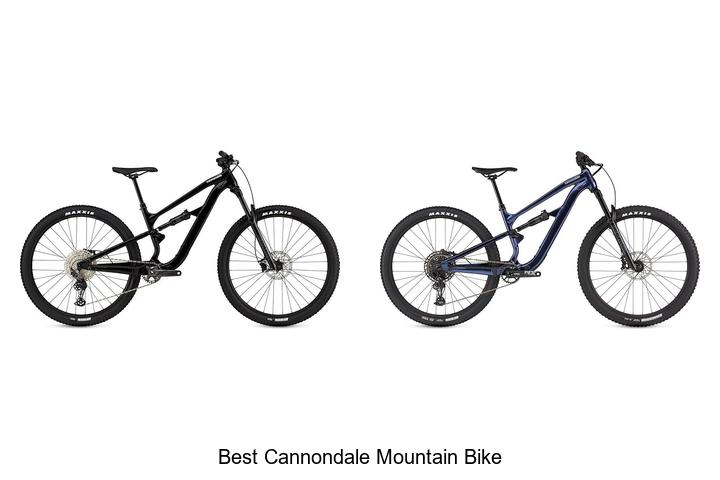Top 10 Times for 5-Mile Mountain Bike Races!
In the realm of competitive mountain biking, the quest for achieving optimal times over challenging terrains often revolves around strategic planning and technical proficiency. Aspiring athletes constantly scrutinize variables like elevation gain, trail conditions, and climatic factors to shave seconds off their personal records. For the seasoned cyclist, understanding the dynamics behind the 10 best times for a 5 miles mountain bike race offers invaluable insights into performance optimization.
For the seasoned cyclist, understanding the dynamics behind the 10 best times for a 5 miles mountain bike race offers invaluable insights into performance optimization. This involves analyzing the interplay between biomechanical endurance and trail-specific tactics. With each race, the pursuit of efficiency melds with the adrenaline-fueled rush of navigating tight switchbacks and rocky descents.
As you delve into the full article, uncover the meticulous methodologies and pivotal moments that define success in these high-stakes rides.
Pedal to the Peaks: Unveiling Top Trail-Blazing Performances
| Image | Product | Price |
|---|
Pedal to the Peak: Top 10 Moments to Conquer a 5-Mile Mountain Bike Race
Gear and equipment essentials
Evaluating how a toy can be integrated with other products enhances its overall value and usability. Many modern toys are designed to work seamlessly with complementary items, encouraging creativity and sustained engagement.
This adaptability is particularly important for young children, who benefit from the varied learning opportunities that different toy combinations provide. Moreover, investing in toys that integrate well with existing collections can be a cost-effective strategy, as it allows parents to maximize the utility of each item purchased.
Such toys not only provide entertainment but also support developmental milestones through the encouragement of imaginative play and problem-solving skills. Therefore, understanding a toy’s potential to adapt or integrate with other products can ensure it becomes a cherished part of a child’s playtime for years to come.
Understanding race conditions
Incorporating or integrating a toy with other products can substantially increase its value and usability for young children. A toy that adapts well with an existing collection can offer endless possibilities for creative play, encouraging a child’s imagination and problem-solving skills.
Furthermore, when a toy is compatible with other sets or accessories, it can help to streamline storage, reducing clutter and making cleanup more efficient. Such integration fosters social skills as children collaborate with siblings or friends to create more intricate scenarios during playtime.
Evaluating how well a toy integrates with other products is essential, as it can expand the toy’s role in a child’s playtime, offering both immediate enjoyment and long-term developmental benefits. By ensuring compatibility, parents and caregivers provide children with more cohesive and engaging play experiences.
Bike specifications to consider
Evaluating how a toy adapts or integrates with other products can significantly enhance both its value and usability. Toys that are compatible with existing sets or can be expanded with additional pieces offer long-term engagement and open up creative possibilities for young children.
Moreover, integration with other toys can foster social interactions among children, as they can share and combine resources, leading to collaborative play and the honing of social skills. In addition, toys that are part of a broader system or theme can stimulate a child’s imagination by encouraging storytelling, problem-solving, and role-playing.
Parents benefit as well, as they can make more strategic choices regarding toys that harmonize within a collection, maximizing space and ensuring that the play area remains organized. Ultimately, thoughtful integration or adaptability makes a toy investment more rewarding, both educationally and economically, by extending its use and appeal over time.
Performance tracking and timing
The ability of a toy to adapt or integrate with other products can significantly enhance children’s playtime by expanding the potential for creative exploration and long-term engagement. Toys that seamlessly connect with others create a cohesive play ecosystem, allowing children to interact with their whole collection in innovative ways. For instance, a building set that fits multiple brands can transform existing toys into more complex structures, fostering creativity and problem-solving skills.
A toy’s compatibility with educational gadgets can also enrich learning through interactive experiences that grow with the child. This integration offers both immediate joy and future developmental benefits.
Furthermore, adaptability ensures the toy remains relevant as the child’s interests evolve, guaranteeing extended use and value. As children develop, their play often becomes more sophisticated, and a toy that adapts to other products can grow with them, providing continuous opportunities for discovery and learning.
Training and fitness approach
Toy integration and adaptability significantly enhance playtime by allowing children to engage in more creative and diverse activities, which can be crucial for development. A toy that can easily be integrated with others or adapt to various play settings encourages imagination and problem-solving skills. For instance, building sets that connect with different brands expand possibilities and keep young minds engaged longer, aiding in developing cognitive abilities, much like how varied exercise routines improve fitness performance.
For instance, building sets that connect with different brands expand possibilities and keep young minds engaged longer, aiding in developing cognitive abilities, much like how varied exercise routines improve fitness performance. Additionally, adaptable toys grow with the child’s needs, ensuring they remain engaging and relevant over time. Such toys often foster social skills and cooperative play, as children can combine their sets with friends’ toys, creating shared experiences.
This adaptability in toys parallels the importance of varied exercises and nutrition in a training regime, where each element contributes to a holistic developmental process.
Frequently Asked Questions
What Are The Key Factors That Influence The Fastest Times In A 5-Mile Mountain Bike Race?
The key factors influencing the fastest times in a 5-mile mountain bike race include the rider’s physical fitness and technical skills, the bike’s efficiency and condition, and the trail conditions, such as terrain and weather. Strategic pacing and familiarity with the course can also play a significant role in achieving optimal times.
How Can Riders Improve Their Speed And Efficiency To Achieve Better Times In A 5-Mile Mountain Bike Race?
Riders can improve their speed and efficiency by focusing on building strength and endurance through targeted training, including interval workouts and hill climbs, and by refining their technical skills for better bike handling on challenging terrains. Investing in a lightweight, well-tuned bike and ensuring proper nutrition and hydration can also contribute to achieving better race times.
What Are Some Examples Of Record Times For A 5-Mile Mountain Bike Race, And Who Are The Current Record Holders?
Record times for a 5-mile mountain bike race can vary significantly depending on the course and conditions, but elite racers can complete it in as little as 20 minutes or less. Specific record holders can differ by event and location; for the most accurate and current information, it’s best to consult official race or event websites.
What Role Does Equipment And Bike Technology Play In Achieving The Best Times For A 5-Mile Mountain Bike Race?
Equipment and bike technology play a crucial role in achieving the best times for a 5-mile mountain bike race by enhancing performance through lightweight and aerodynamic designs, efficient components, and advanced suspension systems that improve speed and maneuverability over challenging terrain. High-quality tires, reliable braking systems, and precise gearing further ensure optimal traction and control, enabling riders to maintain higher speeds and stability throughout the race.
How Does The Difficulty Of The Trail Impact The Times Achieved In A 5-Mile Mountain Bike Race?
The difficulty of the trail generally increases the time it takes to complete a 5-mile mountain bike race, as challenging terrain, such as steep climbs, technical descents, and obstacles, slow down racers. More difficult trails require greater skill and endurance, impacting overall race times.
Final Suggestions
Summary: Participating in a 5-mile mountain bike race can be thrilling and challenging, and choosing the right time to ride can significantly impact your performance. The best times often include early mornings and late afternoons when temperatures are cooler, and trails are less crowded.
